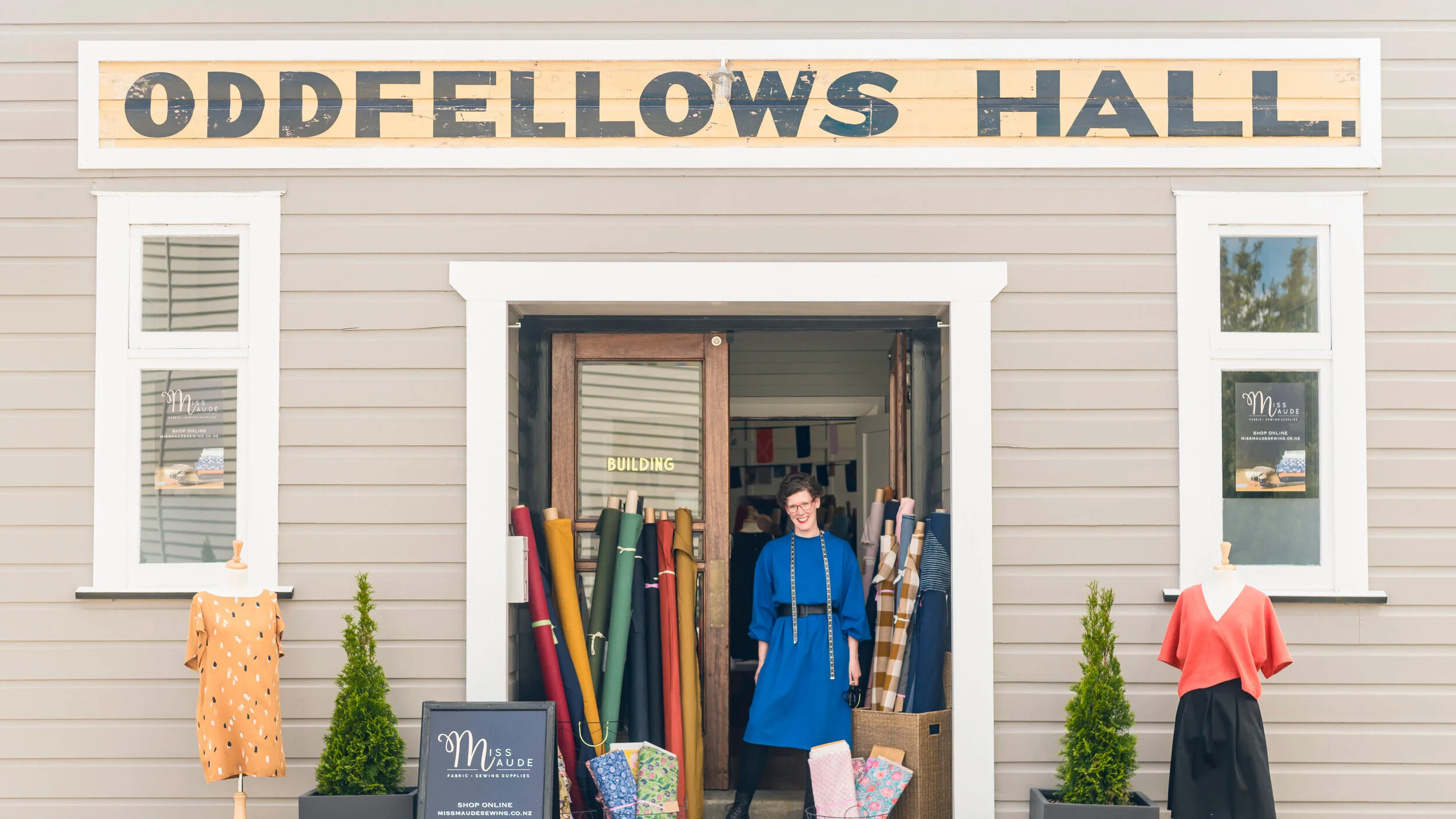Keeping it natural
The trend towards natural isn’t only about what we eat and drink, but also about what we wear. We talk to Wairarapa designers and retailers about the trend towards natural fibres. By Katherine Robinson. Photography by Sam Cameron
When they set up 17 Blonde in 2017, choosing linen for their own label was a no-brainer for co-owners Lianne Harpham and Debbie Lewis. “It feels good on and it’s so easy to wear. And you don’t really need to iron linen all the time – the fabric is naturally crinkled.
“We also like the sustainability of linen, and other natural fibres. Linen is strong and long-lasting, and at the end of the life of the garment, it’s recyclable. You can mulch the garden with it because it is harmless and biodegradable,” says Lianne.
Like other retailers, Lianne and Debbie are finding that customers not only want to know what a garment is made of, but will also ask where it was made. Among overseas visitors especially, there’s a preference for locally made clothes, says Lianne. 17 Blonde’s own label is manufactured in Wellington.
Natural fibres suit our fickle climate. Fabrics such as cotton, wool, silk, and linen are durable, breathable, keep you cool in summer and warm in winter depending on how you layer them. They are moisture wicking, meaning they absorb dampness, pulling moisture away from the skin. Wearing natural fibres is also believed to reduce skin allergies for some.
These properties, and strong customer demand, have led to Wairarapa retailers such as Tapestry (Greytown) and P&K General Store (Martinborough) to specialise in stocking New Zealand brands featuring natural textiles, such as Kowtow, Widdess, Marle and From. It doesn’t stop there. Concern about how cotton, for instance, is grown and mass produced has led to some brands, such as Kowtow, producing garments made only in organic cotton – made without use of herbicides or pesticides, and using less water, lessening the impact on the environment.
In wool production, similar concerns about animal welfare led to the global Responsible Wool Standard, recognising sheep farms that ensure welfare of the sheep and the land they graze on. South Wairarapa’s Palliser Ridge was the first New Zealand farm to be given this accreditation.
Working locally, Greytown-based designer Nicola Screen’s designs are inspired by fabrics, particularly silk, sourced directly from buying trips to China and Europe. Back home, she will often hand-dye fabrics using organic dyes to get the exact shade she wants. All her fabrics have a story behind them. But perhaps none more so than one of her signature garments – the kimono coat. The fabric is made from mud silk, a centuries-old organic process dating back to the Ming Dynasty, binding iron-rich river mud to the silk to create a cool, lightweight, stain-resistant fabric.





